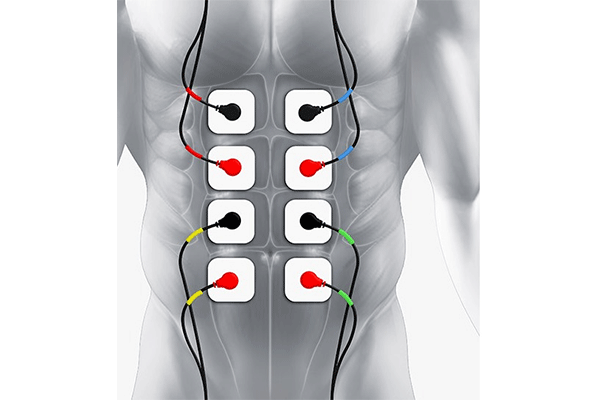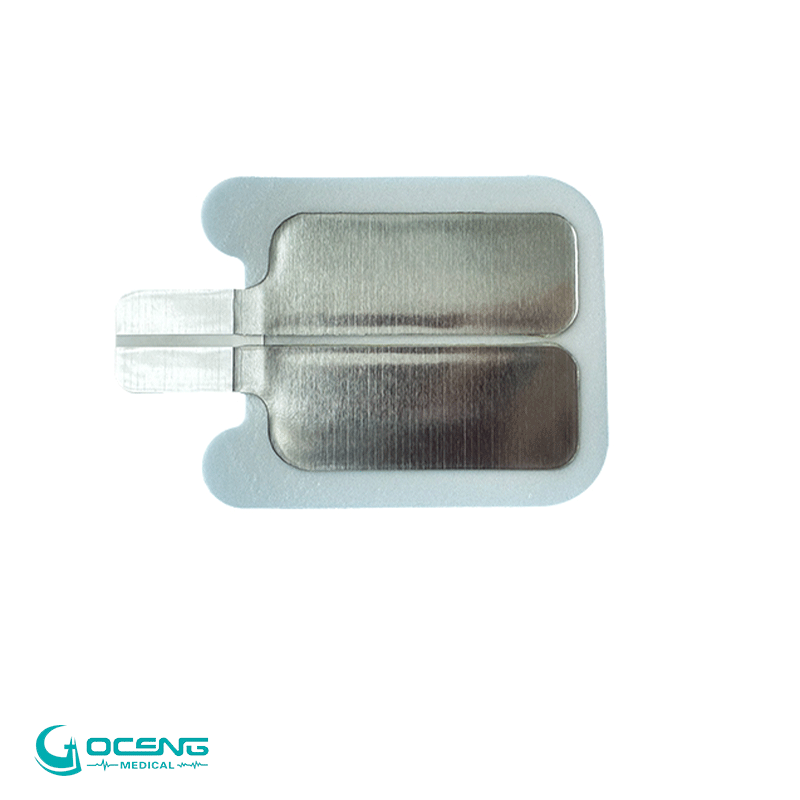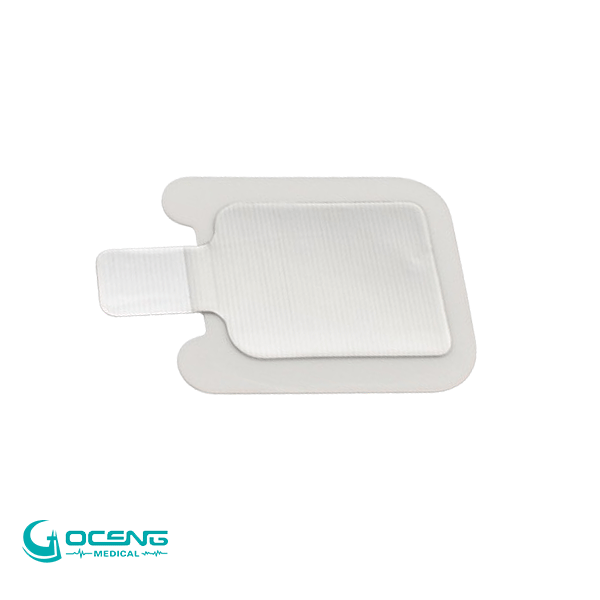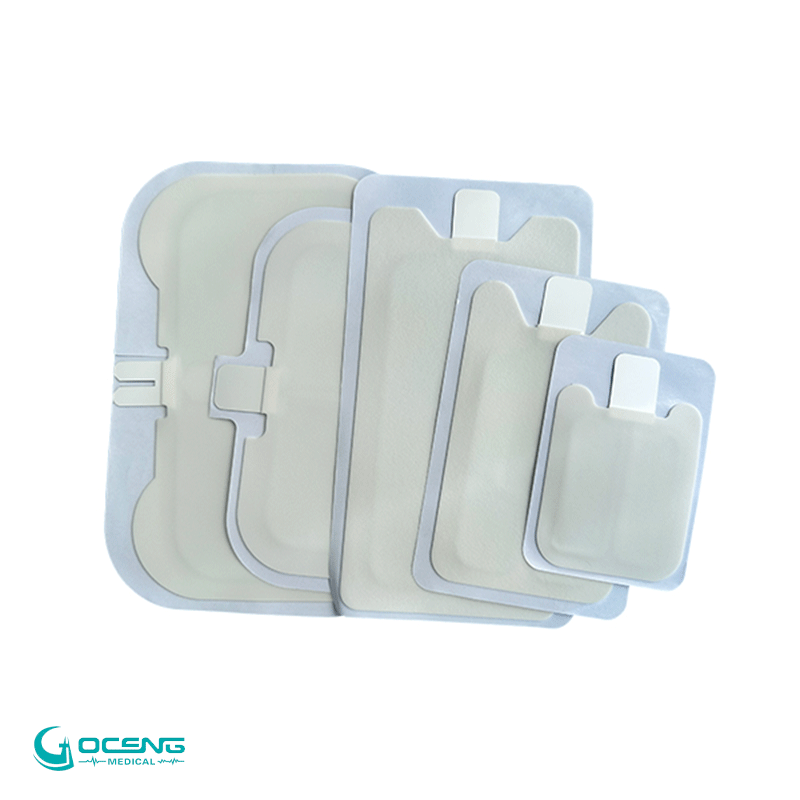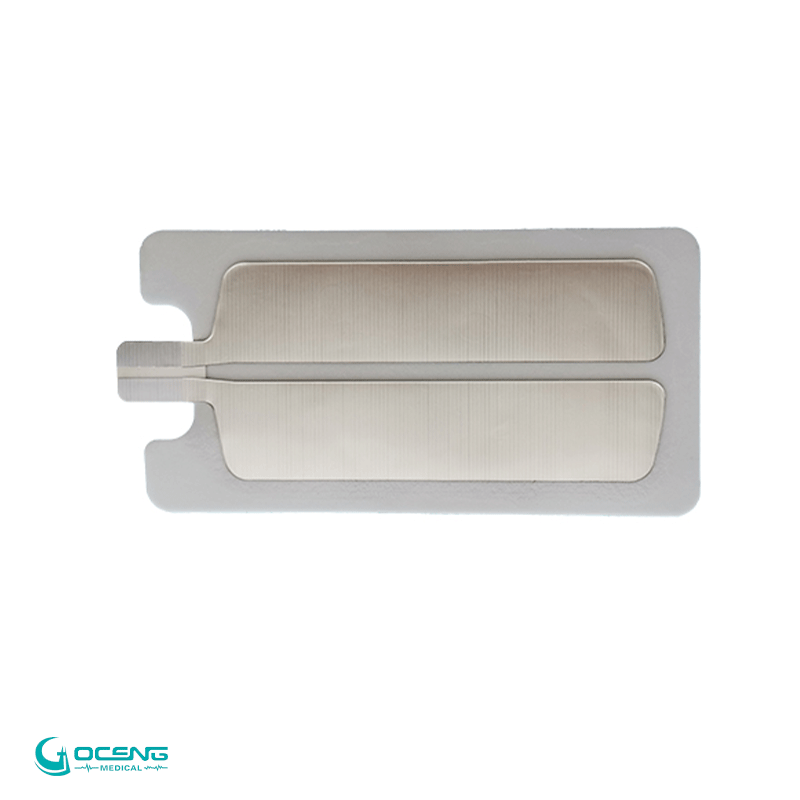OrthopedicCare aims to help patients receive optimal care and promote recovery during the treatment and rehabilitation of orthopedic diseases. Here are some common orthopedic care recommendations :
1. Postoperative care
Wound care: Keep the wound clean and dry to avoid infection. Replace the dressing as directed by your doctor.
Pain management: Take painkillers as directed by your doctor and be aware of side effects. Cold or hot compresses can be applied to relieve pain and swelling.
Activity and rest: Follow the doctor's instructions and gradually increase the amount of activity to avoid overexertion.
2. Rehabilitation training
Physical therapy: Regular participation in physical therapy can help restore joint motion and muscle strength.
Home Exercise: Doing doctor-recommended exercises at home can help speed up the healing process.
3. Daily care
Diet and nutrition: Eat foods rich in calcium and vitamin D, such as milk, yogurt, cheese, and green vegetables, for bone health.
Maintain a healthy weight: Avoid obesity to reduce the burden on bones and joints.
Correct posture: Pay attention to the posture of sitting, standing and walking to avoid unnecessary stress on the bones and joints.
4. Preventive measures
Fall prevention: Ensure a safe home environment to avoid slips and falls. Use non-slip MATS to keep the floor dry and avoid tripping.
Moderate exercise: Choosing low-impact exercise, such as walking, swimming, and cycling, helps keep bones and joints healthy.
5. Check regularly
Follow-up visit: Regular visit, monitoring rehabilitation progress, adjustment of treatment plan.
Bone mineral density testing: Especially in the elderly and those at high risk of osteoporosis, bone mineral density testing should be performed regularly.
6. Mental health
Emotional management: You may face mood swings after surgery and during recovery. Keep a positive attitude, communicate with family and friends, and seek psychological support.
7. Drug management
Follow the doctor's advice: Take the drug in strict accordance with the doctor's instructions, and do not adjust the dosage or stop taking the drug without authorization.
Orthopedic Physical Therapy (PT) is an important part of orthopedic rehabilitation, designed to help patients regain function, reduce pain and improve quality of life. Here are some common orthopedic physical therapy methods:
1. Heat therapy and cold therapy
Heat therapy: The use of heating pads, hot packs, hot water baths and other ways to help relieve muscle tension, increase blood circulation, and promote tissue repair.
Cold therapy: Use of ice packs, cold packs, etc., to help reduce inflammation, swelling and pain, especially for acute injuries.
2. Manual therapy
Massage: Massage muscles and soft tissues to relieve tension, improve blood circulation and relieve pain.
Traction: The use of mechanical or manual methods to stretch the spine or limbs to reduce joint pressure and improve posture.
3. Exercise therapy
Passive exercise: Exercise performed by the therapist to help the patient, suitable for the early stages of recovery or when the patient is unable to actively exercise on his or her own.
Active exercise: Exercise performed by the patient himself, including stretching exercises, strength training, coordination and balance training, etc. to help restore joint range of motion and muscle strength.
4. Electrotherapy
Ultrasound therapy: The use of high-frequency sound waves produced by ultrasound to promote blood circulation and healing deep in the tissue.
Low-frequency electrical stimulation: Through low-frequency electrical stimulation of nerves and muscles, relieve pain, reduce muscle cramps, promote muscle contraction.
5. Functional training
Activities of daily living training: Helps patients regain basic functions of daily living, such as walking, going up and down stairs, dressing, etc.
Occupational therapy: Functional training for specific occupations or activities to help patients regain their ability to work or perform special activities.
6: Spa treatment
Water exercise: Using the buoyancy and resistance of water, rehabilitation training in the swimming pool helps to reduce the pressure on the joints and improve the exercise effect.
Whirlpool bath: Use changes in water flow and temperature to promote blood circulation, relax muscles and relieve pain.
7. Balance and coordination training
Balance board training: The use of balance boards and other equipment to train patients' balance ability to prevent falls.
Coordination training: Through specific movements and exercises to improve the patient's coordination and motor control.
8. Posture and gait training
Postural correction: Helps patients correct poor postures and reduce stress on joints and muscles.
Gait training: Instructs patients to correct gait, improves walking ability, and prevents secondary injuries.
9. Laser treatment
Low intensity laser: A low intensity laser is used to illuminate the affected area to promote tissue repair and reduce pain.
Orthopedic physical therapy should be based on the patient's specific situation and rehabilitation needs, to develop a personalized treatment plan. The treatment process should be guided and supervised by a professional physiotherapist to ensure safety and effectiveness. Check more details at : www.gocengmed.com

